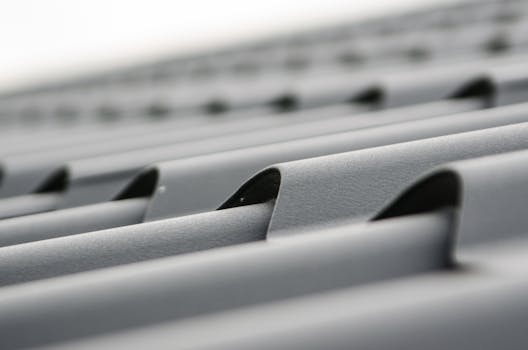What are the Most Common Roof Problems and How to Fix Them
Your roof is one of the most critical components of your home, providing protection from the elements and contributing to your property’s overall value. However, roofs are susceptible to various problems that can lead to costly repairs if not addressed promptly. In this article, we will explore the most common roof problems, their causes, and effective solutions to fix them.
1. Leaks and Water Damage
Roof leaks are perhaps the most prevalent issue homeowners face. They can occur due to various reasons, including damaged shingles, improper installation, or wear and tear over time. According to the National Roofing Contractors Association (NRCA), leaks can lead to significant water damage, mold growth, and structural issues if not addressed quickly.
Common Causes of Roof Leaks
- Missing or damaged shingles
- Cracked flashing around chimneys and vents
- Clogged gutters
- Improperly sealed roof penetrations
How to Fix Roof Leaks
To fix a roof leak, follow these steps:
- Identify the source of the leak by inspecting the roof and attic.
- Replace any missing or damaged shingles.
- Repair or replace cracked flashing.
- Clear clogged gutters to ensure proper drainage.
- Seal any roof penetrations with appropriate roofing sealant.
2. Poor Ventilation
Proper ventilation is essential for maintaining a healthy roof and home environment. Poor ventilation can lead to excessive heat and moisture buildup, resulting in damage to roofing materials and increased energy costs. The NRCA states that inadequate ventilation can shorten the lifespan of your roof by up to 50%.
Signs of Poor Ventilation
- Increased energy bills
- Ice dams forming in winter
- Excessive heat in the attic
- Mold growth in the attic
How to Improve Roof Ventilation
To enhance ventilation, consider the following solutions:
- Install ridge vents along the peak of the roof.
- Add soffit vents to allow fresh air to enter the attic.
- Use gable vents to promote airflow.
- Ensure that insulation does not block ventilation pathways.
3. Damaged Flashing
Flashing is a critical component that protects vulnerable areas of your roof, such as chimneys, vents, and valleys. Over time, flashing can become damaged or corroded, leading to leaks and water intrusion.
Identifying Flashing Issues
- Visible rust or corrosion on metal flashing
- Cracks or gaps in the flashing material
- Water stains on interior walls or ceilings
How to Repair or Replace Flashing
To address flashing issues:
- Inspect the flashing for damage.
- Remove old, damaged flashing and clean the area.
- Install new flashing using roofing cement or screws.
- Seal the edges with roofing sealant to prevent leaks.
4. Ponding Water
Ponding water occurs when water accumulates on flat roofs due to poor drainage. This can lead to leaks, mold growth, and structural damage. The NRCA recommends that flat roofs should have a minimum slope to facilitate drainage.
Identifying Ponding Water
- Visible standing water on the roof after rainfall
- Increased vegetation growth on the roof surface
- Signs of water damage on the interior ceiling
How to Fix Ponding Water Issues
To resolve ponding water problems:
- Ensure that gutters and downspouts are clear and functioning.
- Add additional drainage systems, such as scuppers or drains.
- Consider re-sloping the roof to improve drainage.
Conclusion
Understanding the most common roof problems and their solutions is essential for maintaining the integrity of your home. Regular inspections and timely repairs can prevent minor issues from escalating into significant problems. By addressing leaks, improving ventilation, repairing flashing, and managing ponding water, homeowners can extend the lifespan of their roofs and protect their investment. Remember, when in doubt, consult a professional roofing contractor to ensure that repairs are done correctly and safely.
